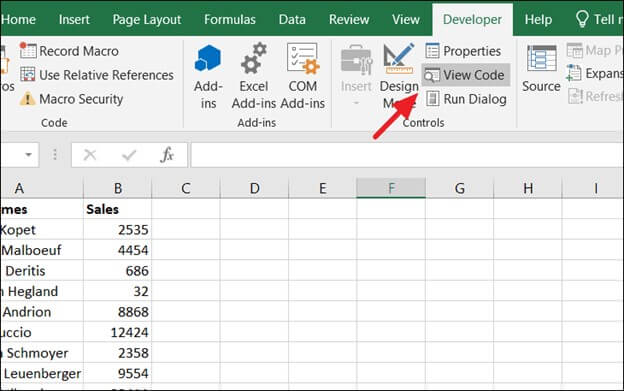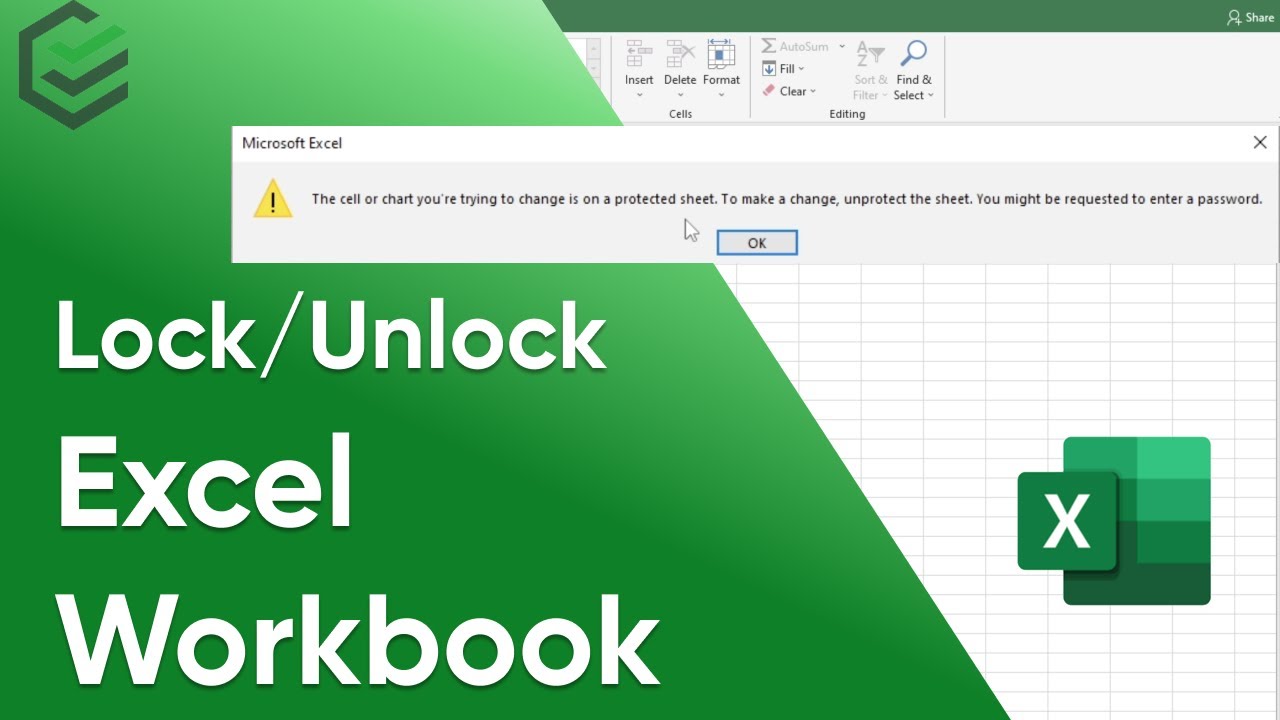3 Easy Steps to Unlock Excel

Microsoft Excel is an indispensable tool for businesses and individuals alike, offering a powerful platform for data analysis, visualization, and automation. However, for those who are new to Excel or struggle with certain tasks, unlocking its full potential can seem daunting. In this article, we will guide you through three simple steps to harness the power of Excel, helping you streamline your workflow and achieve impressive results with ease.
Step 1: Mastering Basic Formulas and Functions

The foundation of Excel lies in its ability to manipulate data through formulas and functions. While it may seem overwhelming at first, mastering the basics is crucial to unlocking Excel’s true capabilities. Here’s how to get started:
-
Understand the Formula Structure: Formulas in Excel begin with an equal sign (=) followed by the desired operation and arguments. For example,
=SUM(A1:A10)calculates the sum of values in cells A1 to A10. -
Learn Common Functions: Excel offers a wide range of functions for various calculations. Some essential functions include:
SUMfor adding numbersAVERAGEto calculate the average of a rangeMAXandMINfor finding the highest and lowest valuesCOUNTto count the number of cells containing numbersIFfor conditional logic
- Practice with Real Data: Apply these functions to your own datasets to gain practical experience. Start with simple calculations and gradually work your way up to more complex formulas.
Example: Calculating Sales Revenue
Let’s say you have a spreadsheet with columns for Product Name, Price, and Quantity Sold. You want to calculate the total revenue for each product. Here’s how you can do it:
| Product Name | Price | Quantity Sold | Revenue |
|---|---|---|---|
| Widget A | 10</td> <td>5</td> <td>=B2*C2 | ||
| Widget B | 15</td> <td>3</td> <td>=B3*C3 | ||
| Widget C | 20</td> <td>2</td> <td>=B4*C4 |

By using the * operator and the = sign, you can calculate the revenue for each product. This simple formula can be easily copied and applied to other rows in the dataset.
Autosum feature. Simply select the cell below or to the right of the range and click the Autosum button in the Home tab.
Step 2: Harnessing the Power of Formatting

Excel isn’t just about calculations; it’s also about presenting data in a visually appealing and understandable manner. Formatting your spreadsheet can make your data stand out and convey information more effectively. Here’s how to enhance your Excel skills with formatting:
- Conditional Formatting: This feature allows you to apply formatting based on specific conditions. For example, you can highlight cells with values above a certain threshold or format cells based on their rank in a range.
- Number Formatting: Excel offers various number formats to present data clearly. You can format cells as currency, percentages, dates, or even customize the number of decimal places.
- Data Bars and Color Scales: These visual tools provide a quick way to understand the distribution of values in a range. Data bars display a bar chart within cells, while color scales use colors to indicate values.
- Sparklines: Sparklines are small charts that fit within a single cell, offering a visual representation of a data series. They are particularly useful for showing trends and patterns.
Example: Highlighting Top Performers
Imagine you have a list of employees and their sales performance for the month. You want to quickly identify the top performers. Conditional formatting can help:
| Employee | Sales |
|---|---|
| Alice | 5000</td> </tr> <tr> <td>Bob</td> <td>4500 |
| Charlie | 3000</td> </tr> <tr> <td>David</td> <td>2500 |
By applying conditional formatting to the Sales column, you can highlight cells with values above a certain threshold, such as $4000. This visual cue helps you quickly identify the top performers.
Step 3: Automating Tasks with Macros
Macros are a powerful feature in Excel that allow you to automate repetitive tasks. By recording and running macros, you can save time and effort, especially when dealing with large datasets or complex operations.
- Recording a Macro: To record a macro, navigate to the View tab and click on the Macros button. Select Record Macro and assign a name and shortcut key. Excel will record your actions until you stop the recording.
- Running a Macro: Once recorded, you can run the macro by pressing its assigned shortcut key or selecting it from the Macros button. Macros can be incredibly useful for tasks like formatting data, applying formulas, or generating reports.
- Editing Macros: If you need to make changes to a recorded macro, Excel provides a visual editor. You can access it by navigating to the Developer tab and selecting Visual Basic. Here, you can view and modify the code generated by the macro.
Example: Automating Data Import
Suppose you regularly import data from an external source into Excel. Instead of manually copying and pasting the data, you can create a macro to automate the process.
- Record a macro that opens the external file, selects the relevant data, and pastes it into your Excel spreadsheet.
- Assign a shortcut key to the macro, such as
Ctrl+Shift+I. - Now, whenever you need to import data, simply press the shortcut key, and Excel will handle the task automatically.
Conclusion
Excel is a versatile and powerful tool, and by following these three simple steps, you can unlock its full potential. Mastering basic formulas and functions, harnessing the power of formatting, and automating tasks with macros will not only streamline your workflow but also enhance your productivity and data analysis capabilities. Remember, practice makes perfect, so don’t be afraid to experiment and explore Excel’s features.
Can I use Excel on a Mac?
+Yes, Excel is available for both Windows and Mac operating systems. The interface and functionality are largely similar across platforms, ensuring a consistent user experience.
Is there a free alternative to Excel?
+Yes, there are free alternatives to Excel, such as Google Sheets and LibreOffice Calc. While they may not offer all the advanced features of Excel, they provide a good alternative for basic data manipulation and analysis.
How can I learn more advanced Excel techniques?
+There are numerous online resources, tutorials, and courses available to help you master advanced Excel techniques. Websites like ExcelCampus and YouTube channels like ExcelIsFun offer comprehensive guides and tips.


